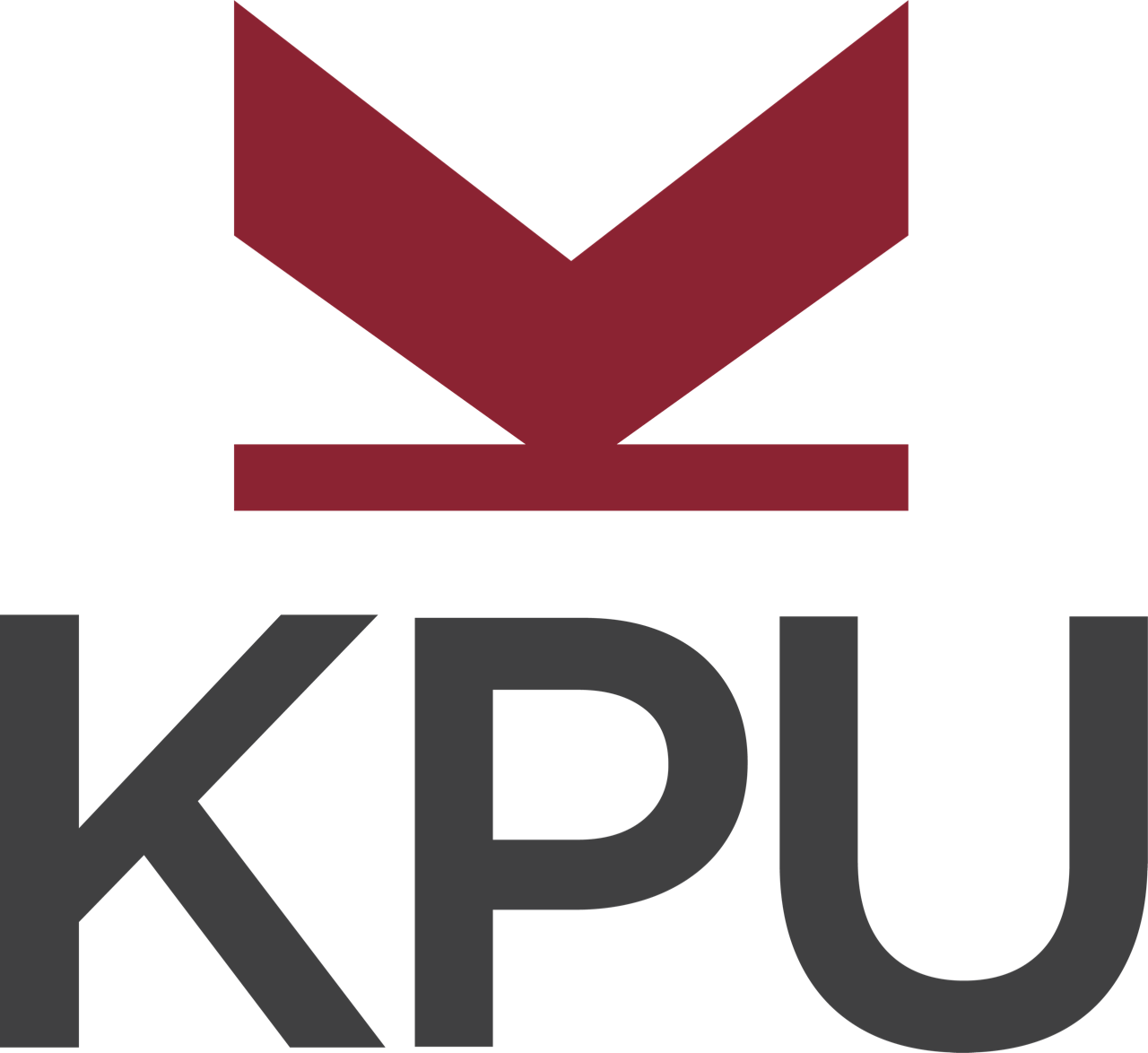Territorial Acknowledgement
This page provides an acknowledgement of the Indigenous nations that traditionally occupy the lands where the book was produced.
Learn more about territorial acknowledgements: Personalizing Territorial Acknowledgements, Acknowledging Indigenous Connections To Land
How to use this page template:
- Write your territorial acknowledgement in the Author Acknowledgement section below (see Examples box for ideas).
- If applicable, include guest author acknowledgements.
- Do not remove or edit the Publisher Acknowledgement Section
Examples
- Land Acknowledgement – Why Write? A Guide for Students in Canada
- OER Collection Land Acknowledgement Examples (from Land Acknowledgements – Fanshawe OER Development Guide)
Author Acknowledgement
…
Publisher Acknowledgement
This book was published by Kwantlen Polytechnic University, whose campuses are located on the unceded traditional and ancestral territories of the xʷməθkʷəy̓əm (Musqueam), qic̓əy (Katzie), SEMYOME (Semiahmoo), scə̓waθən (Tsawwassen), qiqéyt (Qayqayt), kʷikʷəƛ̓əm (Kwikwetlem), and the lands of the qw̓ɑ:nƛ̓ə̓n̓ (Kwantlen) First Nation, which gifted its name to this university. Resources from the lands in their territories were used in the publication of this book.
We share the information, knowledge, research results, etc. under this open license as a way of practicing reciprocity: giving back a portion of what we took in a way that we hope will have a positive impact on Indigenous students, KPU, and the wider Indigenous and non-Indigenous community. As part of our commitment to the Truth and Reconciliation Calls to Action [PDF], we recognize our responsibility to address and reduce ongoing systemic colonialism, oppression, and racism that Indigenous Peoples continue to experience.

